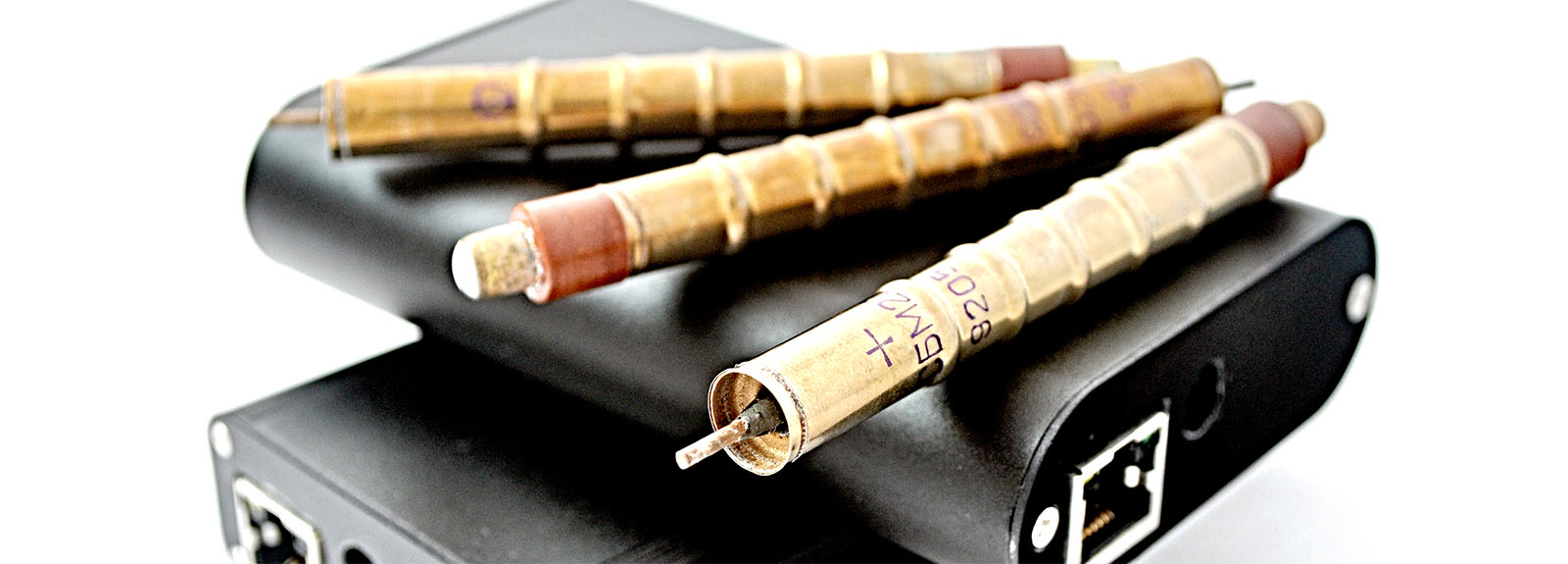
In the beginning there was the passion for technology. I decided to start a blog and write about the things I’ve built. I was more into high voltage, physics and various experiments, cool, but with little or zero use to those around me. Then I decided it was time to build something useful, to put my time and energy into something that would eventually come to do good. I already had the high voltage inverters and a few Geiger tubes in my toolbox. In just a few minutes my first Geiger counter was clicking indicating radiation detection. It was early 2011.
As a software engineer, I found microcontrollers exciting, and easy to use. I didn’t learn electronics in school, it was something I acquired during my spare time activities. But an effort done with passion overcomes obstacles easier. With my new advances in electronics, I decided to build a radiation monitoring station, with an Ethernet interface to have it function in an automated fashion by pushing data online for anyone to view. Slowly, the idea I was looking for, was shaping into reality.
The station, named uRADMonitor (from micro radiation monitor), quickly caught local press attention. It was featured in online and local publications, and I even had the chance to talk about it on TV:
Pushing things forward I got to learn about PCB design, tiny SMD electronics and hardware bugs (worse than any bugs known to a software developer). It was a long road of finding mistakes and perfecting the design. Some of that is documented in multiple posts on my blog and progress can be tracked there. But finally, in October 2013, precisely one year after my original uRADMonitor station, the first prototype for the new distributed network of radiation detectors was seeing the daylight and passing the first tests with good results.

This is how uRADMonitor began, in an effort of building a distributed global network of detectors, calibrated to the same reference to offer consistent radiation measurements regardless of location, to function autonomously and use very little power while pushing the data online to the centralised webportal and to be as plug-and-playable as possible requiring the user to only plug in the power cable (5V DC) and the Ethernet cable (for Internet access). All the rest is done automatically: registering to the network for an IP via DHCP, accurately measuring time and radiation pulses and finally sending everything out to the server.
codemore code
~~~~